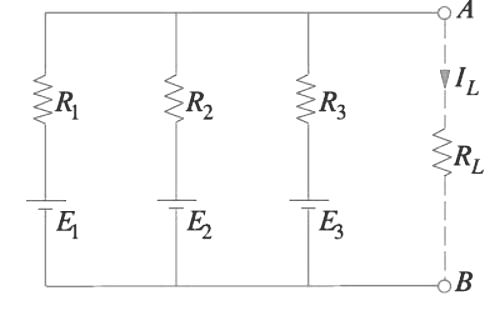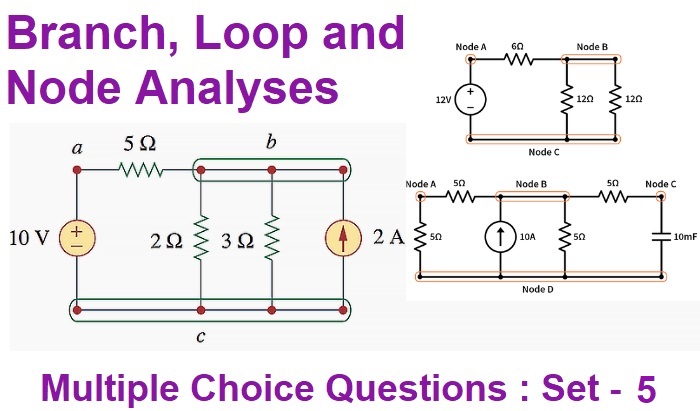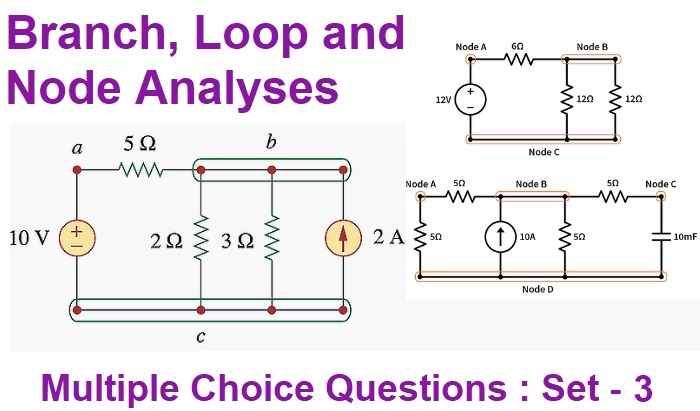Millman’s Theorem
Millman’s Theorem :
This Theorem is a combination of Thevenin’s theorem and Norton’s theorem. It is used for finding the common voltage across any network which contains a number of parallel voltage sources as shown in Figure given below.

Then common voltage VAB which appears across the output terminals A and B is affected by the voltage sources E1, E2 and E3. The value of the voltage is given by
![]()
This voltage represents the Thevenin’s voltage Vth. The resistance Rth can be found, as usual, by replacing each voltage source by a short circuit. If there is a load resistance RL across the terminals A
and B, then load current IL is given by
IL = Vth/(Rth + RL)
(b) As Applicable to Current Sources
This theorem is applicable to a mixture of parallel voltage and current sources that are reduced to a single final equivalent source which is either a constant current source or a constant voltage source. This theorem can be stated as follows :
Any number of constant current sources which are directly connected in parallel can be converted into a single current source whose current is the algebraic sum of the individual source currents and whose total internal resistances equals the combined individual source resistances in parallel.
Read article – constant current source
Visit NCERTplanet.com for NCERT solutions and Textbook downloads



